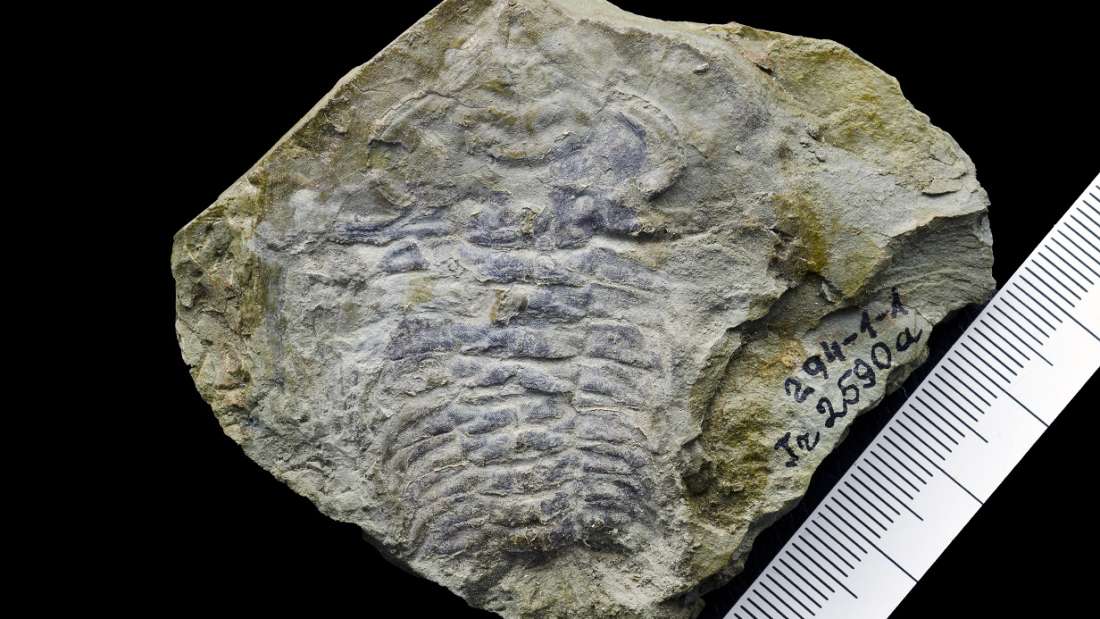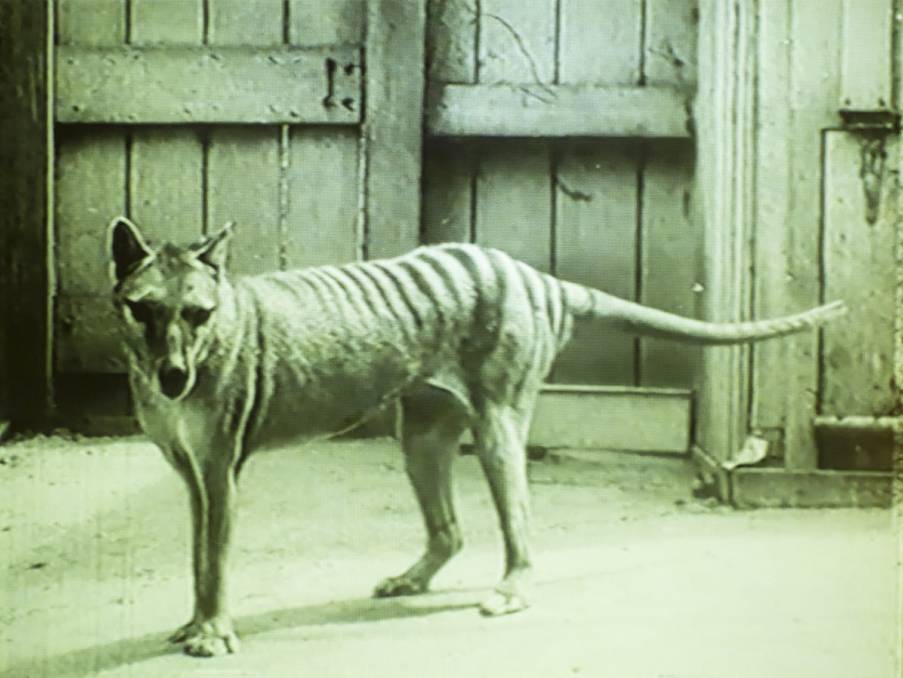
A 530-million-year-old fossil contains what could be the oldest eye ever discovered, a study reveals.
An international team of scientists made the finding in a 530-million-year-old fossil from Estonia. The fossil belongs to a creature known as a trilobite, specifically Schmidtiellus reetae, which lived in the Palaeozoic era 541 to 251 million years ago.
Bizarrely though, although the eye has some differences from modern eyes, for the most part, it looks remarkably similar, suggesting these organs haven’t changed all that much in half a billion years. The findings were published in the journal Proceedings of the National Academy of Sciences.
“This may be the earliest example of an eye that it is possible to find,” Professor Brigitte Schoenemann from the University of Cologne, Germany, the study’s lead author, said in a statement.
“Older specimens in sediment layers below this fossil contain only traces of the original animals, which were too soft to be fossilised and have disintegrated over time.”
The right eye of the fossil was partly worn away, which allowed the researchers to see inside it and examine its structure and function. It was found to be a primitive form of a compound eye, made of about 100 tiny visual cells called ommatidia, similar to a modern bee. These were a bit more spread out than modern eyes.
This eye of Schmidtiellus reetae also did not have a lens, perhaps because the species it belonged to did not have the parts of the shell needed for lens formation.
Studying the eye, the researchers deduced that this creature had poor vision compared to animals today, but would have been able to spot predators and obstacles. Just a few million years later, however, another trilobite species in the Baltics had developed an improved compound eye with a higher resolution.
“This exceptional fossil shows us how early animals saw the world around them hundreds of millions of years ago,” Professor Euan Clarkson from the University of Edinburgh’s School of GeoSciences, one of the study’s co-authors, said in the statement.
“Remarkably, it also reveals that the structure and function of compound eyes has barely changed in half a billion years.”













